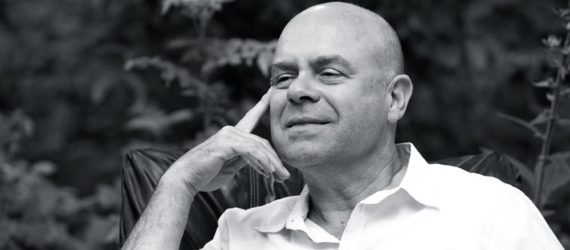by Robert Stamboliev
What inspired me to write this little article is the report of Anja, one of my coaching clients, who offered to share some of her journey. I find this a special gesture and gladly invite you to read her report.
In my practice for coaching I’m increasingly experiencing that it’s about working with principles of consciousness rather than with protocols and methods. The Voice Dialogue method is no exception, it is an aid, not a purpose in itself. The Voice Dialogue method can simply not help all clients. However, the Voice Dialogue principles can be used. In your way of seeing and listening. As an instrument for diagnosis. And sometimes it can be extremely effective as a tool for transformation of consciousness.
Below is a list of these principles:
- Mapping out the survival patterns and disowned selves through Voice Dialogue and the Psychology of Selves.
- Experiencing the energy of the survival patterns (primary selves) indepth
- Experiencing the underlying vulnerability
- Learning to take care of this vulnerability from an Aware Ego or Middle Position
- Experiencing and integrating the energy of the opposites (disowned selves)
I will now pay some more attention to the principle of taking care of the Vulnerability (point 4). Vulnerability with a capital because this is often the core of the matter. Since, if the client is not able to care of the vulnerability from a middle position (Aware Ego), the power of the primary selves will not diminish. And so one stays in the grip of old patterns and real transformation will be impossible.
Taking care of one’s Vulnerability consists of two elements:
- attending to the vulnerability, ‘nursing it’. Here the movement is directed inwards.
- protecting the vulnerability. Here the outer world is taken into consideration, attention goes outwards.
In this introduction the focus is on the first point: how to attend to the Vulnerability. This was the core of my clients process. In Anja’s report it comes forward rather soon that the focus was to take better care of her vulnerability. As she had previously done a lot of work with the various subpersonalities that can take over, like the Critic, she could separate from them rather quickly (disidentify). Our coaching therefore pertained almost from the start to the existential question: how to take care of the hurt Inner Child.
As it is mentioned in the principles, the aim is to do this from the middle position (Aware Ego). In the first session we started this process. She could allow her feelings to be there and ‘hold’ the inner child. However, the pain remained.
I then choose for a somehow different approach. I will try to describe this process as it is connected with my own development and search.
I proposed her to ask for help from ‘the Field’. The concept of the zeropointfield, in short, ‘the field’, comes from quantum fysics (fysics in the area of subatomic particles) and quantum mechanics (with Albert Einstein, Niels Bohr, David Bohm). The concept became known to a larger audience through the work of science journalist Lynn McTaggert.
For me the Field is a symbol for something bigger than the individual. Some call it God, others speak about Inner Knowing, the Source, the Transpersonal, quantum consciousness, etcetera. I also have my personal experiences with this and got inspired to speak about it as the Field a couple of years ago, through my good friend and colleague Jerien Koolbergen. See her personal report Connecting with the field from 2005.
After explaning about the concept of the quantum field, I then proposed to my client, while maintaining contact with the Inner Child, to ‘call in’ the Field, with the inner intention to ask for help. As a facilitator I then ‘resonate’ with her and also invite the Field, and then simply wait to see what will happen.
Anja’s report furthermore speaks for itself. It is to the reader to digest and evaluate this.
The question wheather this field exists or not, is to my view not the main point. Neither the question whether it is about something inside of yourself or outside. One could easily find oneself in a theological discussion. Does God exist? Some would say yes, others could argue that the field is a part of oneself.
Essential in my view is the ‘asking for help’, ‘surrendering’. This asking needs to be done with full conviction, not halfhearted. ‘Like a child’. One needs to be open and receptive.
No matter what the explanation may be, with several years of experience I can say that this approach proves to work very well, also with cases to do with loss and mourning, and deep pain as a result of traumatic experiences. Real and lasting transformation and healing can occur.
Bergen, October 2012















